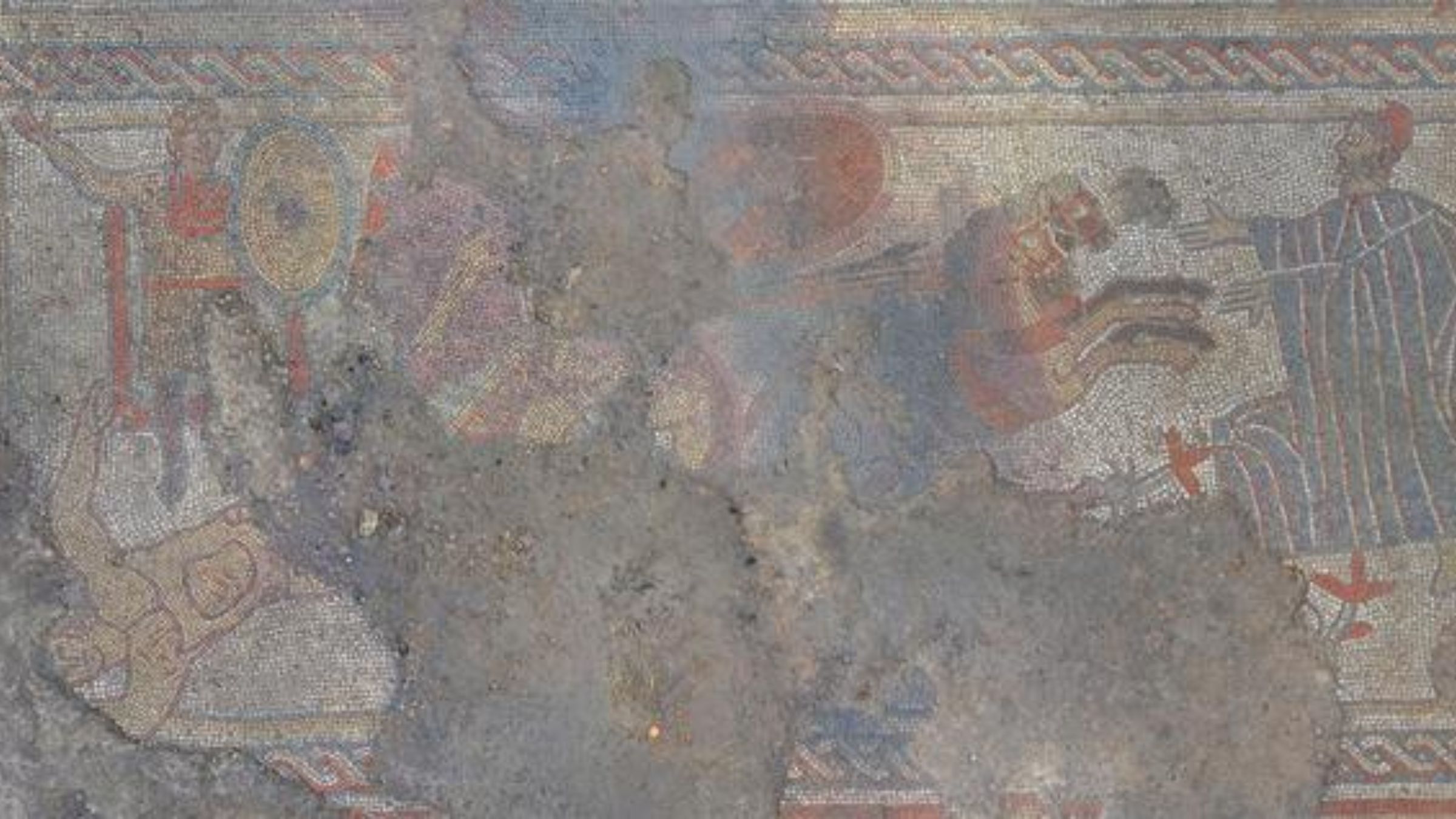
One of the Red Planet's most mysterious landforms is probably 2 billion years older than has been thought, suggesting it may have had a volcanic origin, a new crater count finds.
Scientists studying Mars have long been perplexed by the planet's Medusae Fossae Formation, a 620-mile-long (1,000-kilometer) deposit near the equator. Researchers aren't sure what the formation is made of, and their efforts to find out over the years have been stymied by a thick dust layer that covers all of Medusae.
"It completely masks the surface from orbital view to spectrometers," said Mars researcher Jim Zimbelman, of the Center for Earth and Planetary Studies at the Smithsonian Institution's National Air and Space Museum. "So we have zero compositional constraints on it."
Some scientists think the Medusae formation is a huge pile of compressed volcanic ash, while others suspect it's a blanket of consolidated wind-blown dust. Over the years, other theories have proposed an oceanic origin for Medusae, or suggested that much of it may be composed of Martian water ice.
A new study, led by Zimbelman and published today (May 24) in the journal Science, pushes the Martian oddity's presumed origin nearly 2 billion years further back in time, lending more credence to the volcanic ash theory. [7 Biggest Mysteries of Mars]
Counting craters
Estimates of Medusae Fossae's age have changed over the years. Back in the 1980s, scientists thought the formation was very young — from a few hundred million to 1 billion years old, Zimbelman said. Studies in the mid-2000s pushed its inferred formation back, concluding that Medusae is likely about 1.6 billion years old.
Get the world’s most fascinating discoveries delivered straight to your inbox.
Scientists arrived at these rough ages primarily by counting craters, based on observations from NASA's Viking spacecraft and other Mars-studying probes. The more craters pocking a surface, the older it tends to be.
While some of these presumed ages differed by more than a billion years, the consensus had been that Medusae Fossae formed relatively recently in geological terms, after Mars had transitioned to the dry and dusty planet that we know today.
In the new study, Zimbelman and co-author Stephen Scheidt, also of the Center for Earth and Planetary Studies, did an updated crater count of the formation's western reaches. They analyzed images from three NASA Mars probes — Mars Global Surveyor, Mars Odyssey and the Mars Reconnaissance Orbiter.
The researchers found many previously undetected craters, suggesting that Medusae Fossae is far older than scientists had imagined. The new crater count, Zimbelman said, pushes the Mars landform's likely age back into the Hesperian period, a Martian epoch that dates roughly from 3.8 billion to 3.5 billion years ago.
A wetter Mars
Hesperian Mars was much warmer and wetter. If the Medusae formation was laid down in the Hesperian, that's good news for the ash hypothesis, according to Zimbelman.
"Having an interaction of water and magma or lava, or a volcanic eruption — that's a good way to generate ash," Zimbelman told SPACE.com. "That happens here on Earth a lot."
"Hot material interacting with the water generates, instantly, a bunch of steam," he explained. "And that's what blasts everything into very fine particles."
The new study is far from a smoking gun. To truly understand Medusae Fossae and its history, scientists may have to investigate the formation up-close and personal. And they might get a chance to do that soon, because Medusae's western fringes lie close to Gale Crater, where NASA's 1-ton Curiosity rover is due to land on the night of Aug. 5.
Curiosity's main goal is to assess whether the Gale Crater area — including Mount Sharp, the enigmatic 3-mile-high (5 km) mound rising from the crater's center — is, or ever was, capable of supporting microbial life.
But Zimbelman hopes the huge rover can also take a bit of time to help solve the mystery of Medusae Fossae.
Part of the reason for publishing the study now, he said, is "to just plant the seed in the Curiosity science team's mind that, when they're exploring the mound looking for their life features, if they come across any of these uniformly layered materials that represent the upper parts of the mound — that could give us the very first compositional measurement of what this stuff is. That would be huge."
This story was provided by SPACE.com, a sister site to LiveScience. You can follow SPACE.com senior writer Mike Wall on Twitter: @michaeldwall. Follow SPACE.com for the latest in space science and exploration news on Twitter @Spacedotcom and on Facebook.




